Home>Gardening & Outdoor>Landscaping Ideas>How To Tell What Type Of Grass You Have
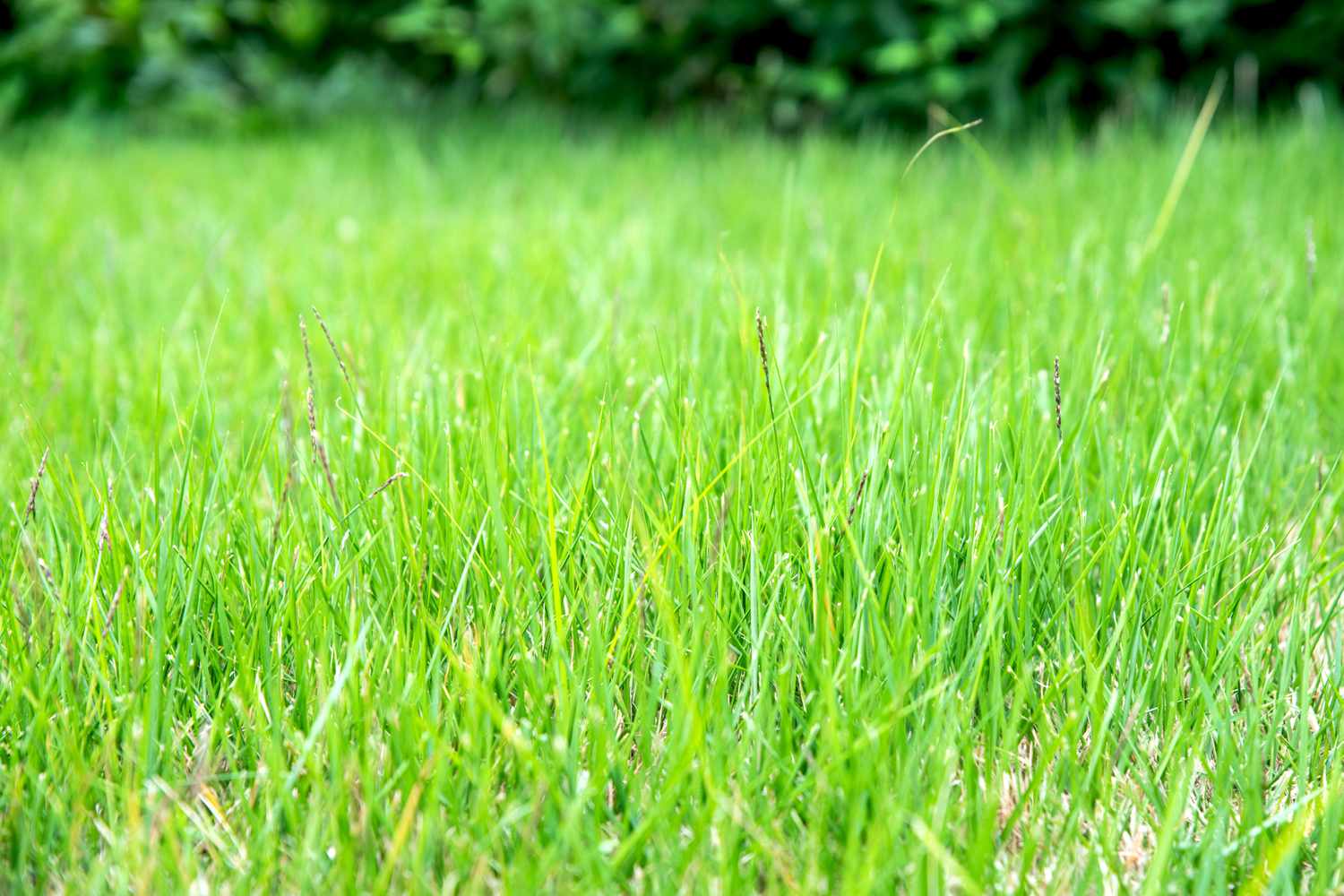

Landscaping Ideas
How To Tell What Type Of Grass You Have
Published: January 26, 2024
Learn how to identify the type of grass in your lawn with our expert landscaping ideas. Enhance your yard with the right knowledge.
(Many of the links in this article redirect to a specific reviewed product. Your purchase of these products through affiliate links helps to generate commission for Storables.com, at no extra cost. Learn more)
Introduction
Welcome to the wonderful world of lawns, where the grass is always greener when you know what type it is! Whether you’re a seasoned gardener, a new homeowner, or just someone who appreciates a lush, healthy lawn, being able to identify the type of grass you have is essential for its proper care and maintenance.
Understanding the characteristics of different grass species can help you tailor your lawn care practices to suit the specific needs of your grass, ensuring a vibrant, thriving lawn year-round. From mowing height and watering frequency to fertilization and pest control, knowing your grass type is the first step to achieving a lawn that’s the envy of the neighborhood.
In this comprehensive guide, we’ll delve into the fascinating world of grass identification, equipping you with the knowledge and tools to discern whether your lawn is adorned with cool-season grasses, warm-season grasses, or a combination of both. By the end of this journey, you’ll be able to confidently identify the type of grass gracing your lawn, empowering you to provide it with the care and attention it deserves.
Key Takeaways:
- Grass type affects lawn care. Cool-season grasses thrive in moderate temperatures and shade, while warm-season grasses tolerate heat and sunlight. Understanding your grass type helps you provide tailored care for a lush lawn.
- Grass identification involves observation and tools like field guides and magnifying glasses. Consulting local experts and DNA testing can also aid in accurate identification. Embrace the journey of discovering and nurturing your unique grass species.
Read more: How To Tell What Type Of Siding You Have
Understanding Different Types of Grass
Before diving into the specifics of identifying different grass types, it’s important to grasp the fundamental distinctions between cool-season and warm-season grasses. This knowledge forms the cornerstone of grass identification and serves as a springboard for understanding the unique traits of each grass category.
Cool-season grasses, as the name suggests, thrive in regions with moderate temperatures and are characterized by their ability to withstand cold weather. These grasses experience peak growth during the cooler months of spring and fall, often displaying a vibrant green hue during these periods. Common cool-season grasses include fescue, Kentucky bluegrass, and ryegrass.
On the other hand, warm-season grasses are tailored for hot climates and exhibit optimal growth during the warmer months of summer. These grasses boast remarkable heat tolerance and often adopt a brownish hue during winter dormancy. Some popular warm-season grasses include Bermuda grass, Zoysia grass, and St. Augustine grass.
By familiarizing yourself with these overarching categories, you’ll gain a clearer understanding of the environmental preferences and growth patterns that define each type of grass. This foundational knowledge will prove invaluable as we delve into the finer details of identifying specific grass species.
Identifying Cool-Season Grasses
Cool-season grasses possess distinct characteristics that set them apart from their warm-season counterparts. By familiarizing yourself with these traits, you can effectively discern whether your lawn is adorned with cool-season grasses, paving the way for tailored lawn care practices.
One hallmark feature of cool-season grasses is their ability to maintain vibrant greenery during cooler periods, particularly in the spring and fall. Species such as Kentucky bluegrass, fescue, and ryegrass often exhibit this vibrant hue, serving as a visual cue for their cool-season classification.
Another key identifier is the growth pattern of cool-season grasses. These grasses experience vigorous growth in cooler temperatures, often thriving in regions with chilly winters and mild summers. Their peak growth periods typically coincide with the cooler seasons, allowing them to flourish when warm-season grasses may struggle.
Furthermore, cool-season grasses tend to fare well in shaded areas, making them a popular choice for lawns with limited exposure to direct sunlight. If your lawn boasts lush, thriving grass in shaded spots, it’s likely that cool-season grasses are contributing to this verdant display.
When inspecting your lawn to identify cool-season grasses, pay attention to the blade characteristics. Cool-season grasses often feature fine blades with a narrow width, contributing to a dense and velvety appearance. Additionally, these grasses tend to exhibit a high tolerance for low mowing heights, further distinguishing them from their warm-season counterparts.
By honing your observation skills and familiarizing yourself with these distinguishing features, you’ll be well-equipped to identify cool-season grasses with confidence, setting the stage for tailored lawn care that nurtures their unique attributes.
Identifying Warm-Season Grasses
Warm-season grasses possess distinct traits that set them apart from cool-season varieties, enabling homeowners to identify and care for these grasses with precision. By understanding the defining features of warm-season grasses, you can optimize your lawn care practices to suit their specific requirements.
One prominent characteristic of warm-season grasses is their exceptional heat tolerance, allowing them to thrive in regions with scorching summers. During the peak of summer, these grasses exhibit robust growth and maintain their lush green color, showcasing their resilience in the face of intense heat.
Another key identifier is the dormancy pattern displayed by warm-season grasses during colder months. As temperatures drop, these grasses enter a dormant phase, often adopting a brownish hue. This seasonal dormancy is a distinctive trait that sets warm-season grasses apart from their cool-season counterparts, providing a valuable clue for identification.
When inspecting your lawn for warm-season grasses, take note of their blade characteristics. Many warm-season grasses, such as Bermuda grass and Zoysia grass, feature wider blades with a coarse texture, contributing to their robust appearance. Additionally, these grasses typically thrive in full sunlight, making them well-suited for lawns with ample exposure to direct sunlight.
Furthermore, warm-season grasses often exhibit superior drought tolerance, making them an ideal choice for regions prone to dry spells and water restrictions. Their ability to maintain vigor and color during periods of limited rainfall is a testament to their adaptability and resilience in challenging environmental conditions.
By familiarizing yourself with these distinguishing features, you can confidently identify warm-season grasses and tailor your lawn care regimen to nurture their unique attributes. Understanding the specific needs of warm-season grasses is pivotal in fostering a vibrant, thriving lawn that flourishes in response to targeted care and attention.
Look at the shape and texture of the grass blades, as well as the growth pattern and color. You can also use a grass identification guide or consult a local expert for help.
Factors Affecting Grass Type Identification
Identifying the type of grass adorning your lawn is a multifaceted endeavor influenced by various factors, each playing a crucial role in the accurate discernment of grass species. By considering these factors, you can navigate the intricacies of grass identification with confidence and precision.
1. Geographical Location: The geographical region in which your lawn is situated serves as a pivotal factor in grass type identification. Different grass species thrive in specific climate zones, with cool-season grasses flourishing in cooler regions and warm-season grasses thriving in warmer climates. By understanding the climatic preferences of various grass types, you can narrow down the potential species present in your lawn based on your location.
2. Environmental Conditions: Environmental factors such as sunlight exposure, soil type, and moisture levels significantly impact the types of grass that can thrive in a given area. Observing the environmental conditions of your lawn, including sun exposure patterns and soil composition, can provide valuable insights into the types of grass that are well-suited to your specific environment.
3. Lawn Appearance and Growth Patterns: The visual characteristics and growth patterns of the grass in your lawn offer valuable clues for identification. Observing the color, texture, and growth habits of the grass can help distinguish between cool-season and warm-season varieties, narrowing down the potential grass species present in your lawn.
4. Seed or Sod Source: If you have knowledge of the original source of the grass seed or sod used in establishing your lawn, this information can be instrumental in identifying the grass type. Seed or sod suppliers often provide details about the grass species contained in their products, aiding in the accurate identification of the grass in your lawn.
5. Neighboring Lawns and Landscapes: Observing the types of grass prevalent in neighboring lawns and landscapes can offer valuable insights into the grass species that are well-adapted to your local area. By noting the prevalent grass types in your vicinity, you can refine your identification efforts and gain a clearer understanding of the grass varieties suited to your region.
By taking these factors into account and approaching grass identification as a holistic process influenced by geographical, environmental, and observational elements, you can effectively discern the type of grass gracing your lawn, laying the groundwork for tailored lawn care practices that elevate the health and beauty of your outdoor space.
Read more: How To Find Out What Type Of Grass You Have
Tools and Techniques for Grass Identification
Identifying the type of grass carpeting your lawn can be an engaging and enlightening endeavor, especially when armed with the right tools and techniques. Whether you’re a gardening enthusiast, a homeowner with a passion for lawn care, or a professional landscaper, employing the following tools and techniques can streamline the process of grass identification and enhance your understanding of the unique grass species adorning your outdoor space.
1. Field Guides and Online Resources: Field guides and reputable online resources dedicated to grass identification can serve as invaluable companions in your quest to discern the type of grass in your lawn. These references provide detailed descriptions, vivid images, and comprehensive information about various grass species, empowering you to compare the characteristics of your grass with those outlined in the resources.
2. Magnifying Glass or Hand Lens: A magnifying glass or hand lens can be a valuable aid in examining the minute details of grass blades, such as ligules, auricles, and leaf textures. By magnifying these intricate features, you can gain a deeper insight into the distinguishing traits of different grass species, facilitating more accurate identification.
3. Grass Sample Collection: Collecting samples of grass from different areas of your lawn allows you to closely inspect and compare the visual and tactile attributes of the grass. By gathering samples from various locations, including sunny and shaded areas, you can observe potential variations in grass type and growth patterns, contributing to a more comprehensive identification process.
4. Consultation with Local Experts: Engaging with local horticulturists, botanists, or university extension services can provide access to expert knowledge and guidance in grass identification. These professionals possess in-depth understanding of regional flora and can offer valuable insights based on their expertise and experience, aiding you in the accurate determination of grass species.
5. DNA Testing: For a scientifically advanced approach to grass identification, DNA testing services can provide definitive answers regarding the genetic makeup of the grass in your lawn. While this method may be more specialized and typically reserved for professional landscaping or research purposes, it offers an unparalleled level of precision in identifying grass species.
By incorporating these tools and techniques into your grass identification endeavors, you can embark on a captivating journey of discovery, honing your observational skills and enriching your knowledge of the diverse and fascinating world of grass species. Whether you opt for traditional field guides, hands-on sample collection, or seek guidance from local experts, each approach contributes to a deeper understanding of the unique grass types thriving in your outdoor oasis.
Conclusion
Congratulations on embarking on the enriching journey of grass identification! By delving into the nuances of cool-season and warm-season grasses and exploring the factors, tools, and techniques that influence grass type identification, you’ve equipped yourself with a wealth of knowledge to discern and appreciate the unique grass species gracing your lawn.
Understanding the characteristics and environmental preferences of different grass types empowers you to tailor your lawn care practices, ensuring that your outdoor space thrives with lush, vibrant greenery year-round. Whether you’re nurturing cool-season grasses through their peak growth periods or harnessing the resilience of warm-season varieties during scorching summers, your newfound grasp of grass identification lays the foundation for targeted and effective lawn care.
As you continue to observe, explore, and engage with the captivating world of grass species, remember that the journey of grass identification is an ongoing pursuit, offering endless opportunities for discovery and learning. Embrace the diverse textures, colors, and growth habits of the grass in your lawn, and revel in the beauty of a landscape adorned with a tapestry of unique grass varieties.
Whether you seek guidance from field guides, consult with local experts, or embark on hands-on sample collection, each endeavor contributes to a deeper understanding of the intricate and captivating realm of grass identification. By nurturing this knowledge and appreciation, you’re poised to cultivate a thriving, resilient lawn that reflects your dedication to tailored and informed lawn care practices.
So, go forth with confidence, armed with the insights and tools to unravel the mysteries of the grass species adorning your outdoor sanctuary. Embrace the joy of observation, the thrill of discovery, and the satisfaction of nurturing a vibrant, healthy lawn that stands as a testament to your understanding and appreciation of the diverse and wondrous world of grass.
Frequently Asked Questions about How To Tell What Type Of Grass You Have
Was this page helpful?
At Storables.com, we guarantee accurate and reliable information. Our content, validated by Expert Board Contributors, is crafted following stringent Editorial Policies. We're committed to providing you with well-researched, expert-backed insights for all your informational needs.
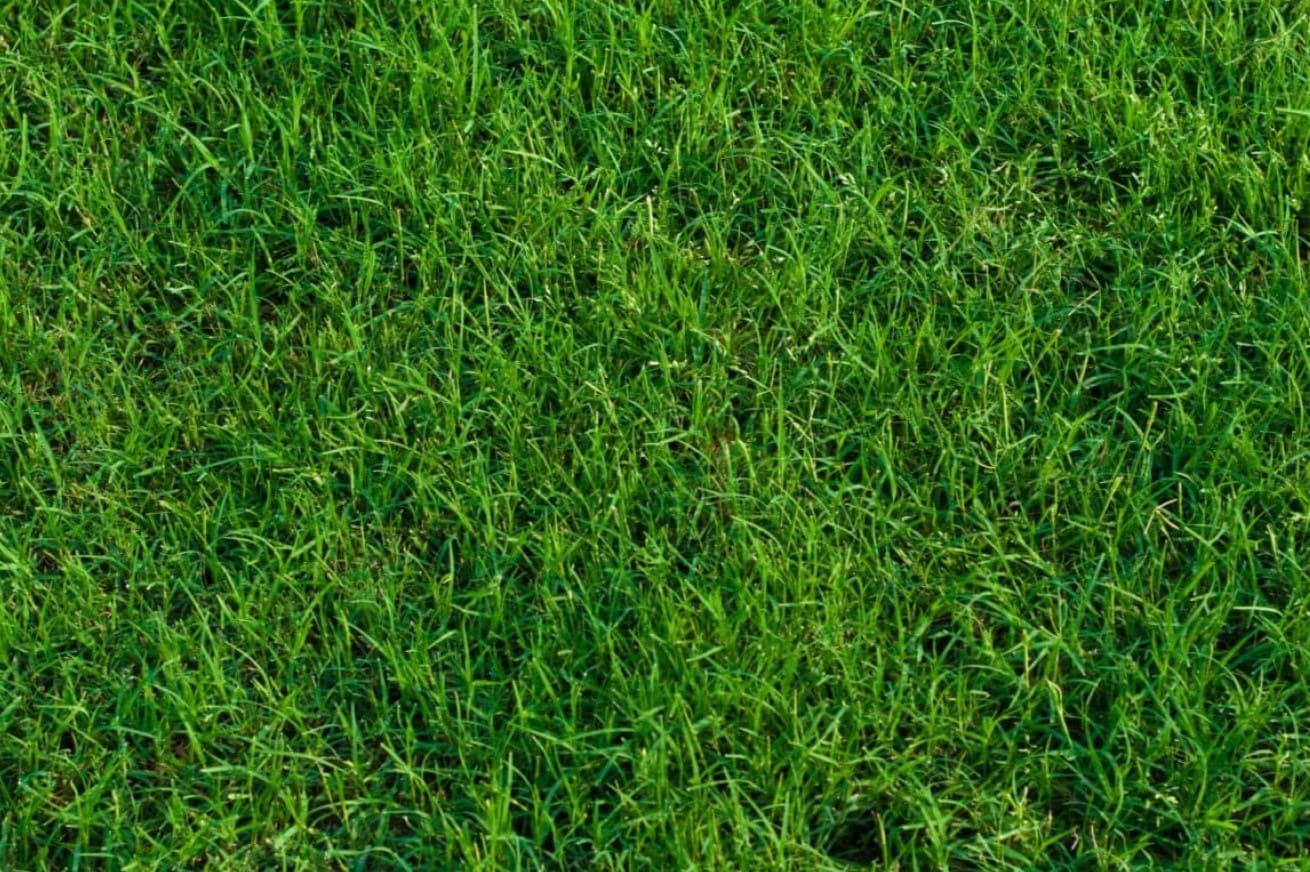





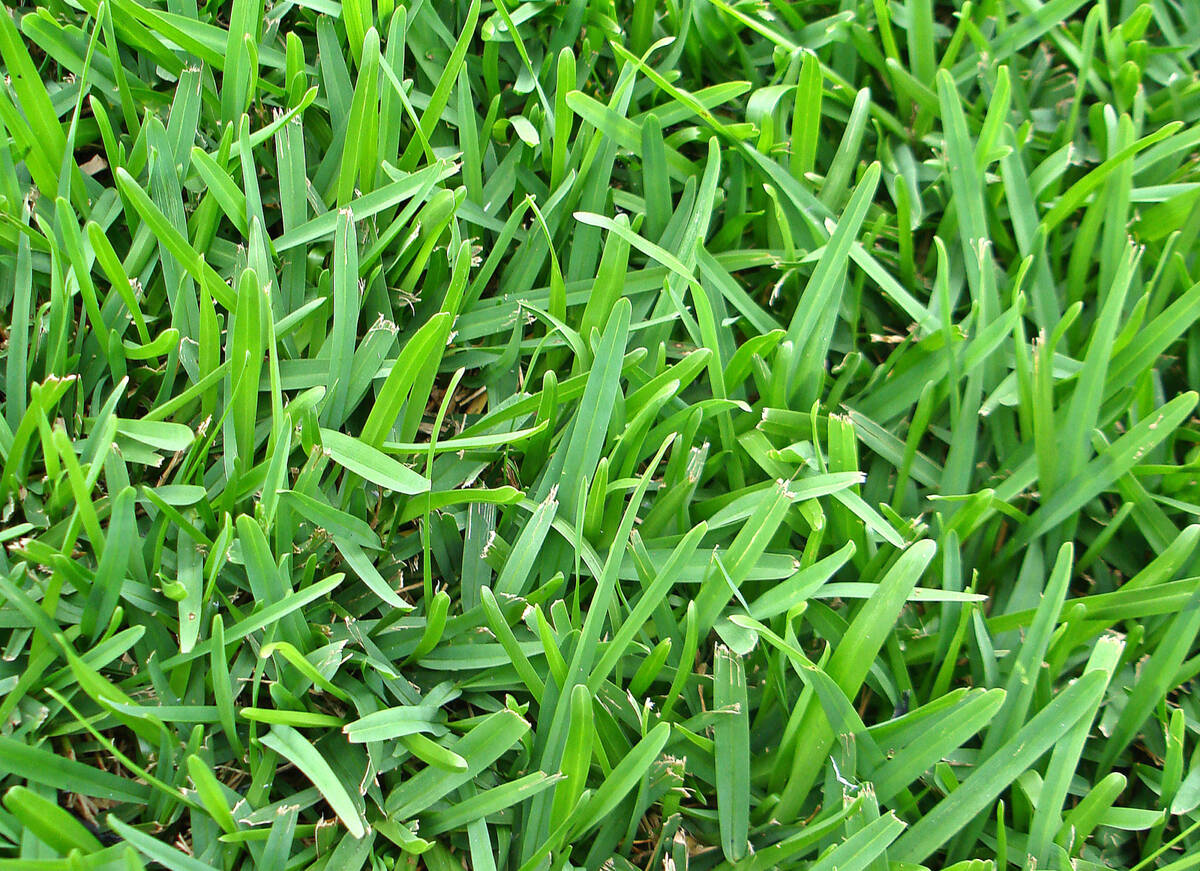

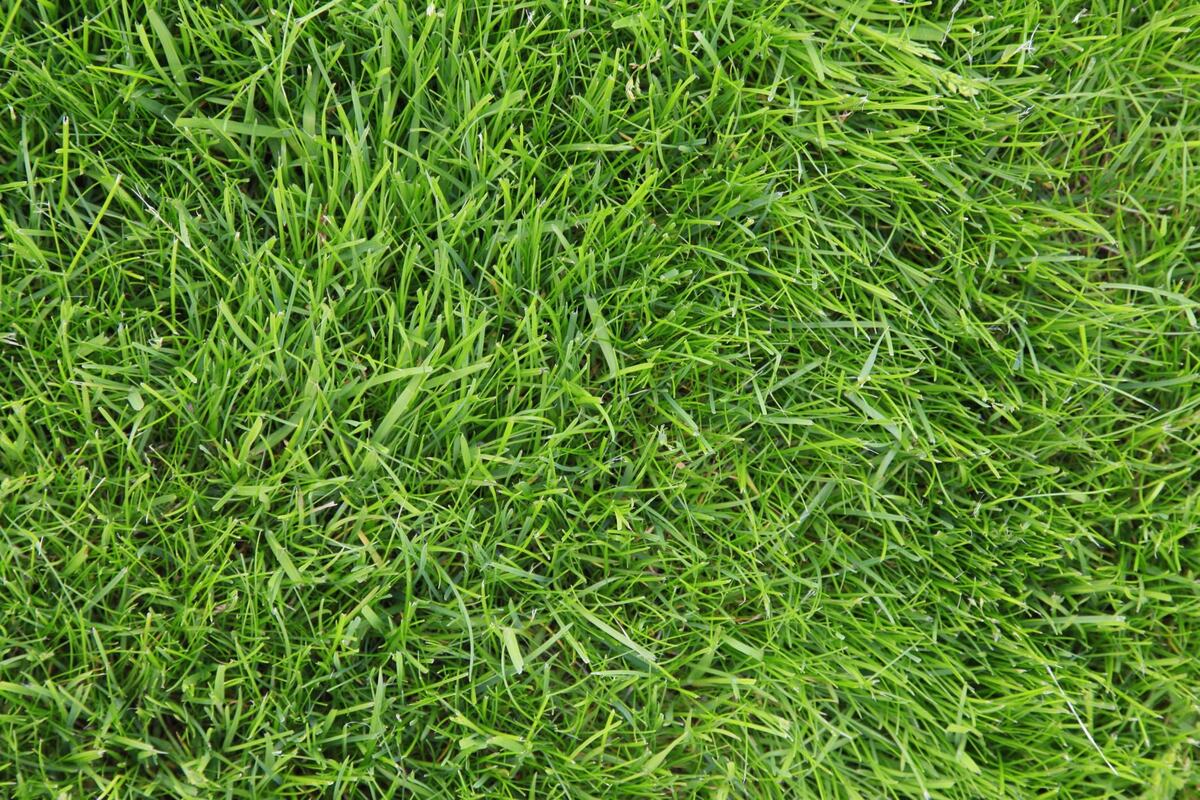
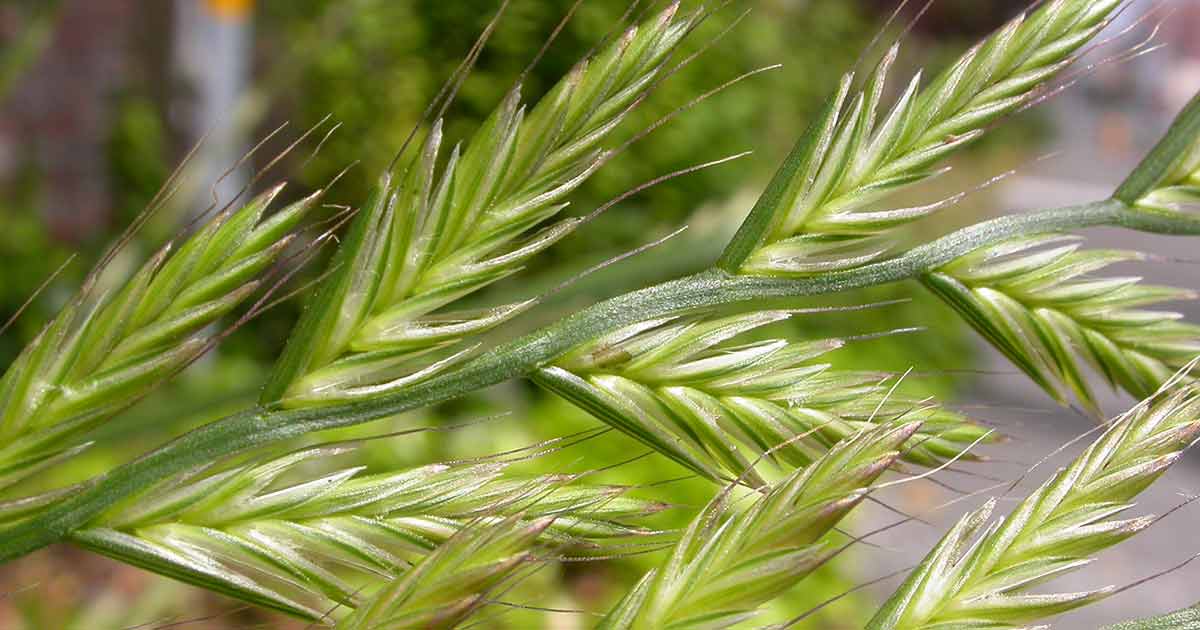





0 thoughts on “How To Tell What Type Of Grass You Have”